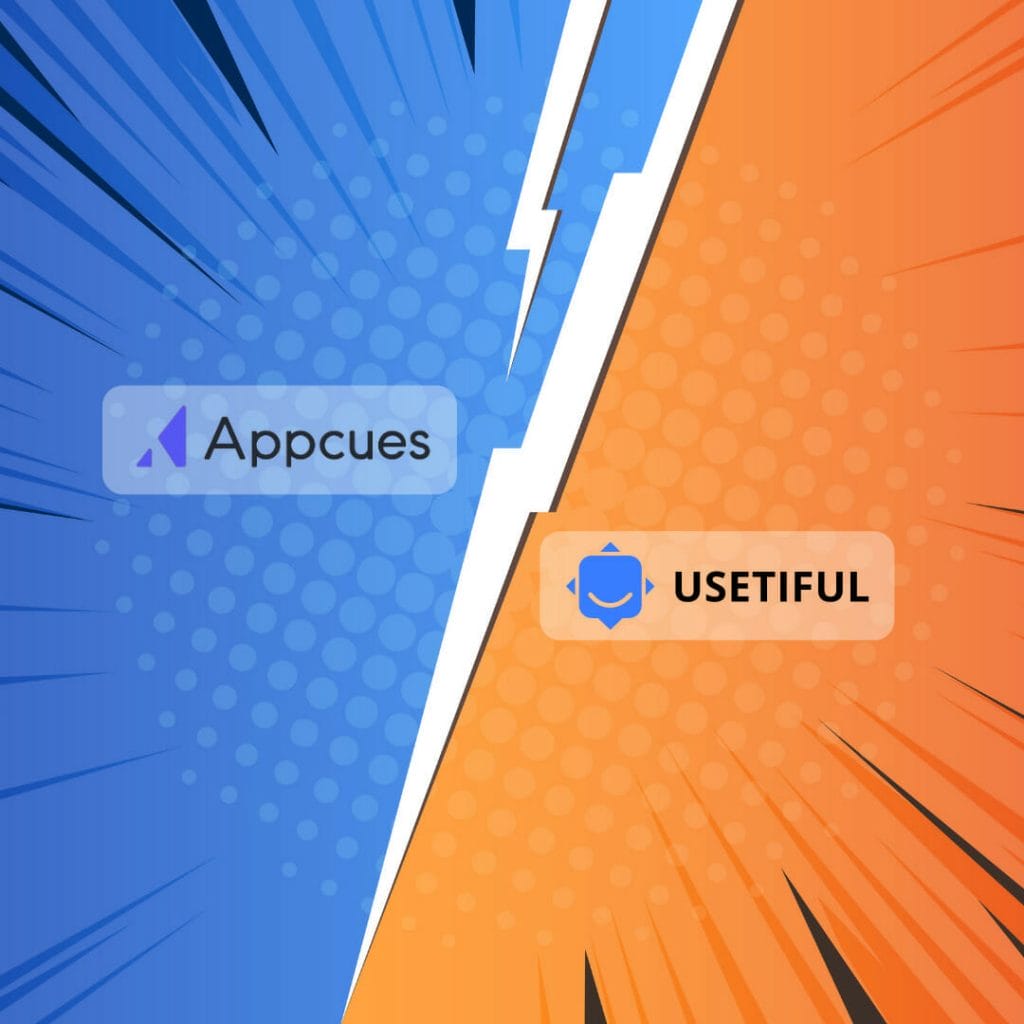Task management apps have grown in popularity as individuals strive to boost their efficiency and productivity levels. Among the various options on the market, two prominent contenders are Things and Todoist. Each of these applications boasts unique features and integration capabilities, catering to a diverse user base seeking to streamline their workflow and goal-setting processes.
When comparing the two apps, the differences in operating platforms become apparent. While Todoist is a cross-platform application accessible on Android, iOS, Windows, Mac, Apple Watch, and Web, Things is exclusive to Apple devices, including iOS, Mac, and Apple Watch. This distinction plays a significant role in shaping user preferences and platform compatibility requirements.
Moreover, both Things and Todoist place a strong emphasis on user experience, with UI and natural language processing being critical factors for users who value a smooth, intuitive task management system. As the competition between these two apps continues to grow, it’s essential for potential users to have a clear understanding of which application best suits their individual needs and preferences.
About Things

Things is a task management app designed by a German-based software company, Cultured Code, and was first launched in 2007. When it comes to productivity and organizing tasks, Things 3 is packed with features for Apple device users.
The app boasts an intuitive and elegant design that aims to simplify task management. It provides a clean user interface (UI) that effectively organizes tasks, deadlines, and priorities. In addition to an impressive design, Things also offers a range of powerful features for a seamless task management experience.
Key features of Things include areas, projects, to-do lists, and checklists, which help to keep tasks organized and readily accessible. Users can set reminders and deadlines, assign priorities, and apply labels and tags to tasks. Adding new tasks is easy thanks to its natural language input system, which interprets dates and times entered by the user.
One notable feature of Things is its calendar integration with Apple Calendar, making it simple for users to view upcoming tasks and events at a glance. This is particularly useful for those who frequently juggle multiple priorities.
Furthermore, the app offers location-based reminders, offering alerts when users reach specific locations. For Apple Watch users, Things provides a simplified interface that allows users to view tasks and mark them as complete from their wrist.
Things 3 emphasizes ease of use and simplicity, making it a suitable choice for individuals searching for an uncomplicated yet feature-rich task management solution. Despite its extensive functionality, Things maintains an organized and streamlined user experience through its areas, projects, and to-do lists.
In conclusion, Things is an efficient task manager app designed for Apple device users seeking a elegant UI and powerful features to improve their productivity and organization. With its natural language processing, calendar integration, and location-based reminders, Things delivers an exceptional task management experience geared toward simplifying daily tasks and prioritizing what’s important.
About Todoist

Todoist is a popular task management app developed by Doist. It offers a simple and easy-to-use interface that allows users to create, organize, and manage tasks across various platforms, including Android, iOS, Windows, and Mac devices. Todoist’s main goal is to help improve productivity and collaboration for individuals and teams.
The app presents tasks in a list format, with multiple levels of priority and organization options for better task management. Users can create projects to group related tasks, add labels for quick categorization, set reminders, and even integrate their tasks with email, calendar, and other external applications. Todoist supports various date and time-based scheduling options, which help users automatically manage their tasks and set up recurring reminders.
Todoist offers a free plan, as well as paid plans with additional features and collaboration tools. The pricing model caters to different user needs, ranging from individual users to larger teams requiring advanced task management capabilities. Some of the standout features in Todoist’s premium plans include location-based reminders, file attachments, and project templates.
The app encourages simplicity in its design and user experience, focusing on providing essential task management functionalities without overwhelming the user. With its intuitive interface, users can quickly navigate through the app, manage their tasks, and prioritize their to-do lists.
One of the key strengths of Todoist is its cross-platform support, allowing users to sync their tasks and projects across multiple devices. This makes it easier to keep track of tasks, whether they’re using their phone, tablet, or computer, and ensures a seamless experience across different platforms.
Todoist also supports integrations with various productivity apps and services, such as IFTTT, Google Calendar, and Slack, which help users streamline their workflow and combine their daily tasks with other digital tools. For those looking for alternatives, apps like TickTick and Someday offer similar features but might differ in terms of pricing and specific functionalities.
In terms of collaboration, Todoist enables users to share projects, assign tasks, and work together with other team members. This makes it a useful tool not only for individual task management but also for project management and team collaboration. Customer support is available through email and online resources, ensuring users receive assistance whenever they need help with the app.
In conclusion, Todoist is a versatile task management app with a wide range of features, catering to individuals and teams seeking to improve their productivity and workflow. Its simple yet effective design, cross-platform compatibility, and integration capabilities make it a popular choice among task management app users.
Round 1: Best UX

When comparing Things 3 and Todoist, user experience plays a significant role in determining which app comes out on top. In this round, we will analyze the design, UI, user experience, tasks, and ease of use for both applications.
Things 3 boasts a clean and minimalist design that makes navigation feel seamless and intuitive. The application utilizes a sleek interface, making it visually appealing and easy to understand for new users. Customizable features like tags and filters add flexibility to the organization of tasks, ensuring that users can quickly sort through and prioritize their most critical work. The app’s layout enhances user experience by allowing smooth interactions between different sections, such as Inbox, Today, Upcoming, Anytime, and Someday.
Todoist, on the other hand, adopts a more functional and straightforward design approach. It is focused on providing users with an organized task management system while offering a wide range of functionalities like sub-tasks and nested projects. Like Things 3, Todoist allows users to apply filters, tags, and custom labels to their tasks, ensuring that they can easily locate the information they need. Additionally, the application provides features like smart date recognition and natural language input, making it simple for users to quickly add and schedule tasks.
Both applications excel in their ease of use, especially for first-time users. They provide clear instructions and guides for setting up projects and tasks. However, Things 3 tends to lean more towards a visually cohesive and aesthetically pleasing experience, while Todoist focuses on a slightly more utilitarian and feature-rich interface. Todoist, being a cross-platform app available on multiple devices, could be advantageous for users who frequently switch between different platforms.
In summary, while both Things 3 and Todoist offer an intuitive user experience, they cater to somewhat different preferences. Things 3 might be more attractive to users who prioritize aesthetics and simplicity, while Todoist may suit users who appreciate advanced features and cross-platform availability. In this round of the SaaS Battle, the UX advantage will depend on individual priorities and usage scenarios.
Round 2: Features Comparison

When comparing the features of Things and Todoist, task management is one of the most crucial aspects to consider. Things shines in its simplicity and clean user interface, offering an easy way to manage tasks using a system of projects, areas, and tags. On the other hand, Todoist is known for its flexibility with tasks, allowing users to categorize and filter tasks through labels and priorities.
In terms of functionality, Things includes advanced features like the Upcoming view, which provides an overview of tasks scheduled for the next week, macOS and iOS widgets support, and the Magic Plus button for quick task creation. However, Todoist offers a range of features that cater to both personal and team productivity. The app’s Karma system rewards users for staying productive, corresponding to various task management techniques.
Integration is another crucial factor when comparing these two task management apps. Todoist has excellent integration capabilities with tools like Google Calendar, Dropbox, IFTTT, and more, making it a versatile choice for users who need to collaborate or work with a diverse tech stack. Unfortunately, Things does not currently provide native integration with third-party services.
As for reminders, both apps excel in their ability to send alerts for tasks. Todoist offers location-based reminders in addition to time-based reminders, ensuring that users don’t forget important tasks. However, Things triumphs in its ability to set two reminders for a single task. Users can specify when to start working on the task and establish a deadline, making it easier to manage time-sensitive projects.
Finally, a crucial aspect of any task management app is its cross-platform availability. Things is exclusive to Apple devices, including macOS, iPad, and iPhone, making it suitable for users within the Apple ecosystem. In contrast, Todoist boasts a wide range of compatibility, supporting Windows, macOS, Android, iOS, and web browsers. This broad availability makes Todoist a more accessible choice for diverse users and teams who do not solely rely on Apple devices.
In this features comparison, both Things and Todoist have their respective strengths and weaknesses. While Things offers a simple, aesthetically pleasing user interface backed by powerful task management tools, Todoist provides a more robust and flexible solution with better integration options and cross-platform support.
Round 3: Price

When comparing Things 3 and Todoist, one of the most essential aspects to consider is their pricing structure. Both task management apps offer different plans tailored to fit the needs of their users. Let’s examine their pricing tiers and what each app has to offer in this regard.
Things 3 maintains a one-time purchase model for its users. The pricing for Things 3 varies depending on the device you’re using. For instance, the macOS app is priced at $49.99, while the iOS (iPhone and iPad) app costs $9.99. Once you’ve purchased the app, all updates and features are accessible without any recurrent fees.
On the other hand, Todoist offers a free plan, as well as a Premium plan that comes with additional features and benefits. The free plan allows you to manage tasks and set deadlines, but with some limitations in terms of project members and integrations. The Premium plan costs $4 per month (billed annually) or $6 per month (billed monthly), and it includes features such as reminders, comments, file uploads, and more. Details on their pricing can be found at Todoist’s website.
In summary:
- Things 3: One-time purchase model, priced at $49.99 (macOS) and $9.99 (iOS).
- Todoist: Offers a free plan and a Premium plan at $4 per month (annual billing) or $6 per month (monthly billing).
It’s important to consider your individual needs and how these plans align with your workflow when deciding between Things 3 and Todoist. While Things 3 offers a one-time purchase with lifetime access to updates, Todoist provides a free tier that may suffice for more casual use, and a subscription-based Premium plan with added features for more advanced users.
Battle Decision: Todoist Winner

After a thorough comparison of Things and Todoist, Todoist emerges as the winner for several reasons.
First, let’s consider the pros of Todoist. Todoist boasts a robust feature set that caters to both basic and advanced users. Its cross-platform availability allows users to access and manage tasks from multiple devices, including iOS, Android, macOS, Windows, and web browsers. Todoist also provides seamless integration with other tools like Google Calendar, Dropbox, and Zapier, making it an ideal choice for users who rely on various productivity platforms. Additionally, Todoist’s natural language processing and advanced filtering options save users time and increase efficiency.
However, Todoist also has its cons. Some users find the user interface to be less intuitive than Things, and it may take newcomers some time to familiarize themselves with all the features. Todoist’s pricing model, offering a free basic plan and a premium version with advanced features, could also be a dealbreaker for users on a tight budget who require the full capabilities of the app.
On the other side of the battle, Things has several pros that make it a solid contender. The sleek and minimalistic user interface makes it easy to navigate and manage tasks, and the app’s consistent updates and improvements demonstrate the developers’ commitment to refining the user experience. Additionally, Things excels in visual organization, ensuring that users can quickly locate and focus on specific tasks.
However, Things falls short in some critical areas. The app is exclusive to Apple devices, making it inaccessible for users of other platforms. The lack of integrations with other popular productivity tools also hinders users from combining Things with their existing workflows. Furthermore, Things’ pricing model requires a one-time purchase for each device, which can be costlier for users who need access across multiple devices.
In conclusion, Todoist claims the victory in this battle due to its extensive feature set, cross-platform availability, and integrations with other tools. While Things presents a visually appealing interface and solid task management capabilities, it falls short in compatibility and versatility, establishing Todoist as the winner in this battle.



